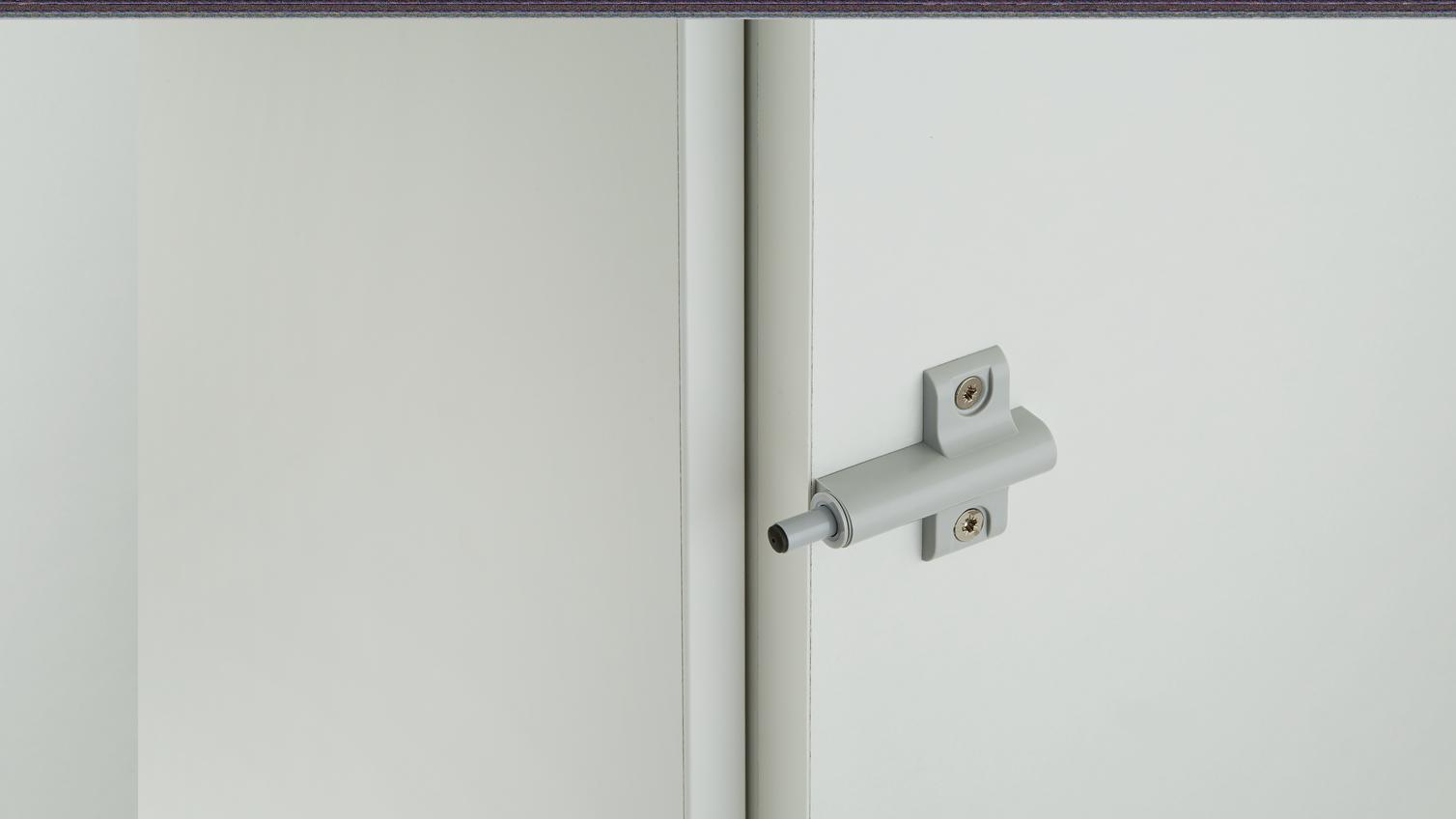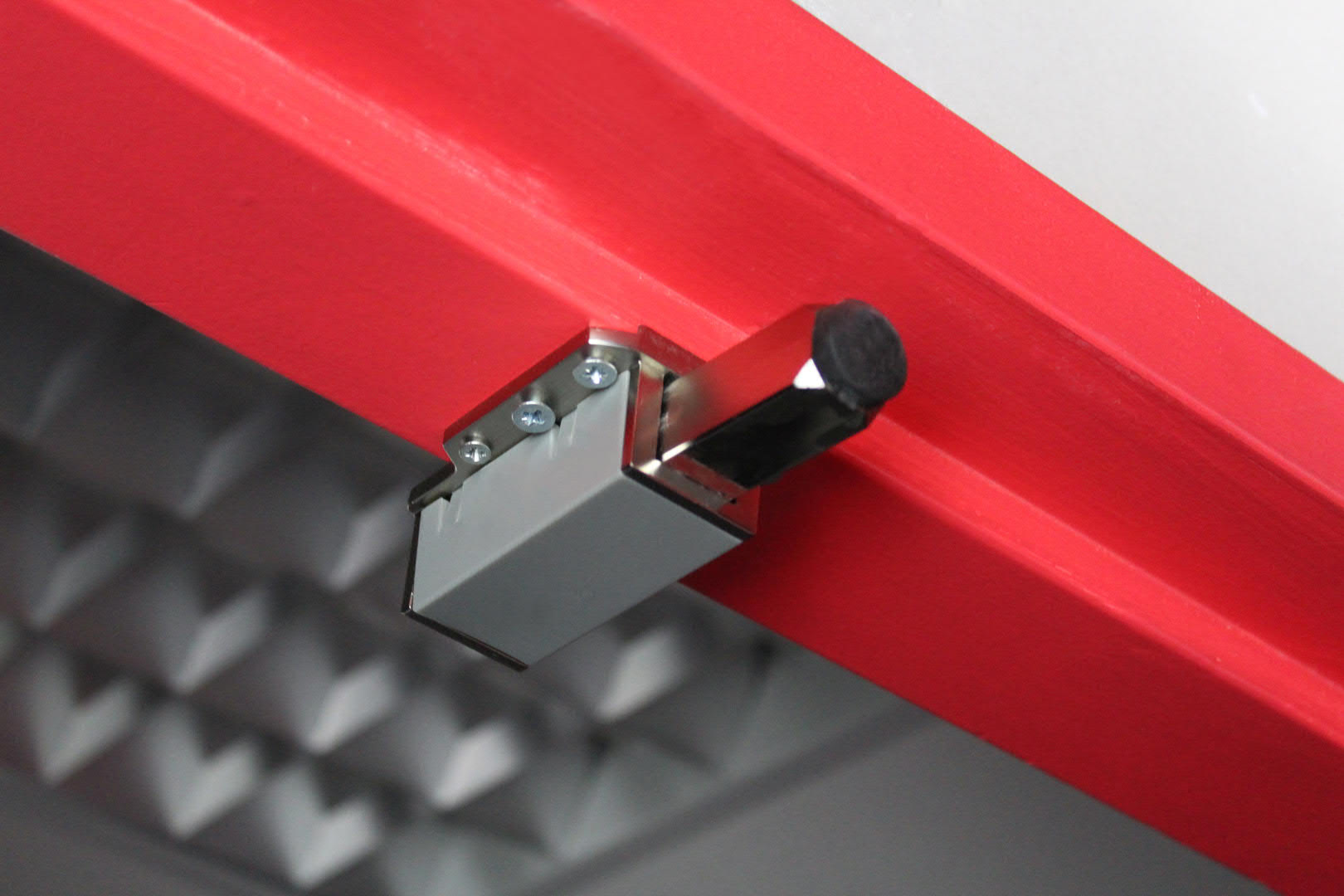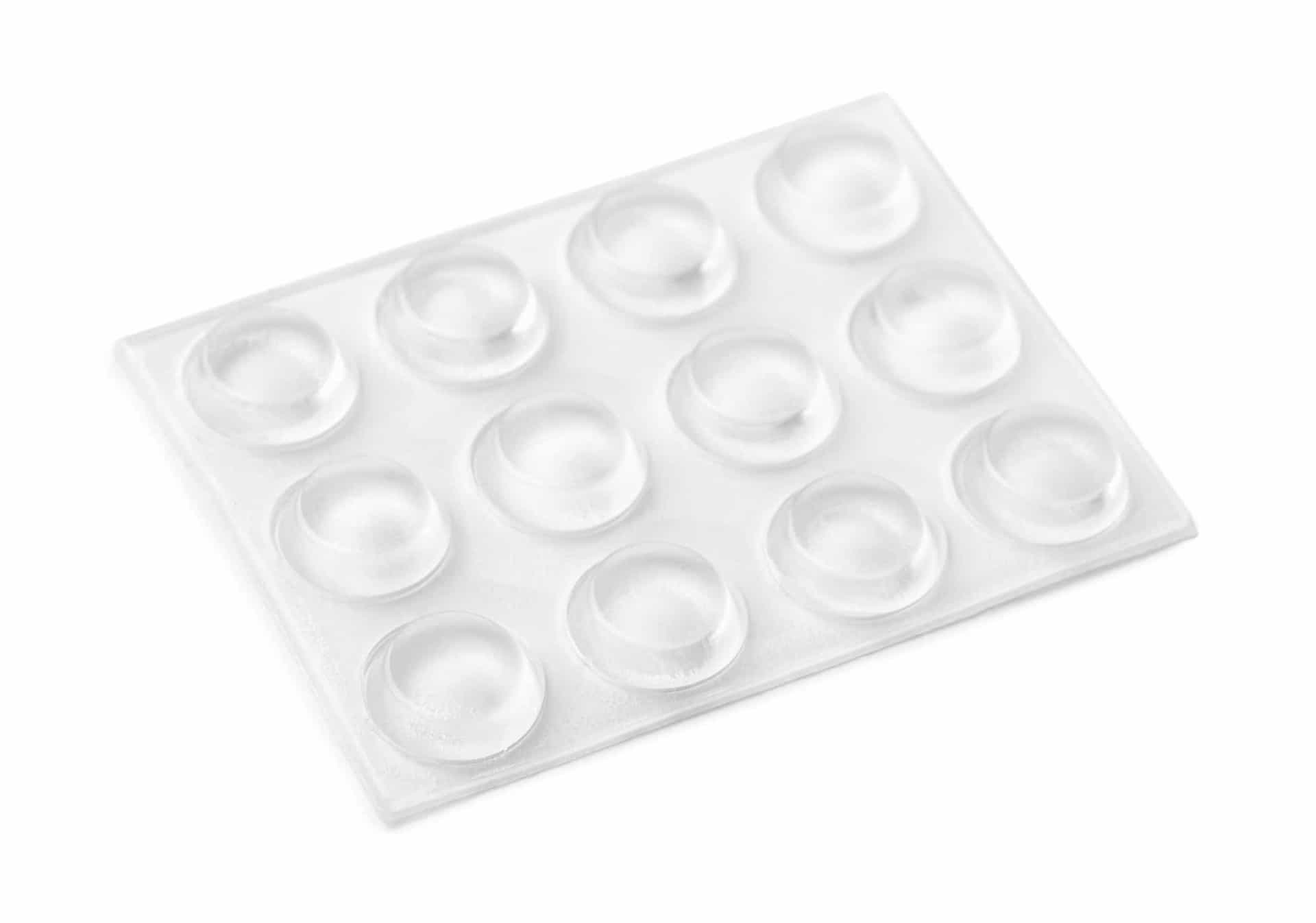Types of Cabinet Door Bumpers: Clear Cabinet Door Bumpers
Cabinet door bumpers are essential components that prevent damage to cabinets and walls by absorbing the impact of closing doors. They are available in various materials, each offering distinct advantages and disadvantages. The choice of material depends on factors such as the weight of the door, the desired level of noise reduction, and the aesthetic appeal.
Materials Used for Cabinet Door Bumpers
The material of a cabinet door bumper plays a crucial role in its functionality and appearance. Common materials used include:
- Rubber: Rubber bumpers are durable and effective at absorbing impact. They are commonly used for heavy doors and offer good noise reduction. Rubber bumpers are available in various colors and shapes, making them suitable for various cabinet styles. However, they may not be the most aesthetically pleasing option and can leave marks on delicate finishes.
- Silicone: Silicone bumpers are known for their flexibility and ability to conform to different surfaces. They are soft and quiet, making them suitable for delicate finishes. Silicone bumpers are also resistant to moisture and temperature changes, making them ideal for humid environments. However, they may not be as durable as rubber bumpers and can be more prone to tearing.
- Felt: Felt bumpers are soft and provide excellent noise reduction. They are also aesthetically pleasing and can be found in various colors to match cabinet finishes. However, felt bumpers are less durable than rubber or silicone bumpers and may not be suitable for heavy doors.
Durability of Cabinet Door Bumpers
Durability is a key factor to consider when choosing cabinet door bumpers. Rubber bumpers are generally the most durable, followed by silicone and then felt. Rubber bumpers can withstand repeated impacts and are resistant to wear and tear. Silicone bumpers are also relatively durable but may tear if subjected to excessive force. Felt bumpers are the least durable and can wear down quickly with repeated use.
Noise Reduction of Cabinet Door Bumpers
Noise reduction is another important consideration, especially for kitchens and bathrooms where noise levels can be high. Felt bumpers offer the best noise reduction, followed by silicone and then rubber. Felt bumpers absorb sound effectively, reducing the impact noise of closing doors. Silicone bumpers are also relatively quiet, while rubber bumpers can be noisier.
Aesthetic Appeal of Cabinet Door Bumpers
Aesthetic appeal is crucial for maintaining the overall look of cabinets. Felt bumpers are generally considered the most aesthetically pleasing, followed by silicone and then rubber. Felt bumpers are available in a wide range of colors and can be easily matched to cabinet finishes. Silicone bumpers are also relatively discreet, while rubber bumpers can be more noticeable and may not blend well with all cabinet styles.
Specific Applications for Cabinet Door Bumpers
The type of cabinet door bumper used should be chosen based on the specific application.
- Heavy Doors: For heavy doors, rubber bumpers are the best choice due to their durability and ability to absorb impact.
- Glass Doors: For glass doors, silicone bumpers are a good option as they are soft and prevent scratches.
- Delicate Finishes: For cabinets with delicate finishes, felt bumpers are the best choice as they are soft and prevent marks.
Installation Methods for Cabinet Door Bumpers

Installing clear cabinet door bumpers involves securing them to the cabinet door or frame to prevent damage and ensure smooth closing. The chosen method depends on the type of bumper, the material of the cabinet, and personal preference.
Adhesive Installation
Adhesive installation is a simple and convenient method for attaching clear cabinet door bumpers. It involves using a strong adhesive to bond the bumper to the desired surface.
- Tools and Materials:
- Clear cabinet door bumpers
- Adhesive (double-sided tape, epoxy, or superglue)
- Cleaning cloth
- Measuring tape
- Scissors or a utility knife (optional)
- Step-by-Step Guide:
- Clean the surface where the bumper will be attached using a cleaning cloth to remove any dust, grease, or debris.
- Measure and mark the desired location for the bumper on the cabinet door or frame.
- Apply the adhesive to the back of the bumper, following the manufacturer’s instructions.
- Press the bumper firmly onto the marked location and hold it in place for a few seconds to ensure a secure bond.
- Allow the adhesive to dry completely before using the cabinet door.
- Tips and Tricks:
- Use a strong adhesive that is suitable for the material of the cabinet door or frame.
- Ensure the surface is completely dry before applying the adhesive.
- Apply even pressure to the bumper when attaching it to the surface.
- Allow the adhesive to cure fully before using the cabinet door.
Screw-On Installation
Screw-on installation offers a more permanent and secure method for attaching clear cabinet door bumpers. It involves using screws to fasten the bumper to the cabinet door or frame.
- Tools and Materials:
- Clear cabinet door bumpers with pre-drilled holes
- Screwdriver or drill
- Screws (matching the bumper’s size and material)
- Measuring tape
- Pencil or marker
- Step-by-Step Guide:
- Measure and mark the desired location for the bumper on the cabinet door or frame.
- Pre-drill pilot holes at the marked locations, using a drill bit slightly smaller than the screw diameter.
- Align the bumper with the marked locations and secure it using the screws.
- Tighten the screws until the bumper is securely attached.
- Tips and Tricks:
- Use screws that are appropriate for the material of the cabinet door or frame.
- Pre-drill pilot holes to prevent the wood from splitting.
- Tighten the screws evenly to avoid damaging the bumper or the cabinet door.
Magnetic Installation
Magnetic installation is a convenient and discreet method for attaching clear cabinet door bumpers. It involves using magnets to hold the bumper in place.
- Tools and Materials:
- Clear cabinet door bumpers with magnetic backing
- Measuring tape
- Pencil or marker
- Step-by-Step Guide:
- Measure and mark the desired location for the bumper on the cabinet door or frame.
- Clean the surface where the bumper will be attached to ensure a strong magnetic bond.
- Align the magnetic bumper with the marked location and press it firmly onto the surface.
- Tips and Tricks:
- Choose magnetic bumpers with strong magnets to ensure a secure hold.
- Avoid placing magnetic bumpers near electronic devices or magnetic materials that could interfere with their function.
Choosing the Right Cabinet Door Bumpers

Selecting the ideal cabinet door bumpers involves considering various factors to ensure optimal performance, aesthetics, and functionality. This decision-making process requires an understanding of the different types of bumpers available, their features, and their suitability for specific applications.
Factors Influencing Bumper Selection
The selection of cabinet door bumpers is guided by several key factors, including door weight, cabinet material, and desired aesthetics. A flowchart or decision tree can assist in navigating these choices effectively.
- Door Weight: The weight of the cabinet door is a crucial factor in determining the required bumper strength. Heavy doors necessitate sturdier bumpers with higher load capacity to prevent damage and ensure smooth closing. Lighter doors, on the other hand, may benefit from smaller, more discreet bumpers.
- Cabinet Material: The material of the cabinet influences the type of bumper suitable for attachment. Cabinets made of wood, for instance, may accommodate bumpers with adhesive backing, while metal cabinets might require screw-on or magnetic bumpers for secure installation.
- Desired Aesthetics: The desired aesthetic of the cabinet doors plays a significant role in bumper selection. Clear bumpers offer a discreet and unobtrusive solution, while colored or decorative bumpers can complement the overall design.
Key Considerations for Bumper Selection, Clear cabinet door bumpers
Once the initial factors have been assessed, further considerations regarding size, shape, and color can refine the bumper selection.
- Size: The size of the bumper should be proportionate to the door’s size and weight. Oversized bumpers can create an unsightly appearance, while undersized bumpers might not provide sufficient cushioning or support.
- Shape: The shape of the bumper can impact its functionality and aesthetic appeal. Round bumpers offer a smooth, unobtrusive appearance, while square or rectangular bumpers provide a more robust and visible presence. The choice depends on the desired level of cushioning and the overall design aesthetic.
- Color: The color of the bumper should complement the cabinet’s finish or blend seamlessly with the surrounding environment. Clear bumpers offer a discreet solution, while colored bumpers can add a touch of personality or match specific design elements.
Impact of Bumper Design on Noise Reduction and Door Closing Force
The design of the bumper plays a significant role in noise reduction and door closing force.
- Noise Reduction: Bumpers with soft materials, such as rubber or silicone, effectively absorb impact energy, reducing noise levels during door closure. These materials also contribute to a smoother and quieter closing experience.
- Door Closing Force: The stiffness of the bumper material influences the door closing force. A softer bumper will absorb more energy, resulting in a gentler closing force. Conversely, a stiffer bumper will exert a stronger closing force, potentially increasing noise levels and potentially damaging the cabinet over time.
Popular Brands and Models of Clear Cabinet Door Bumpers
The following table compares popular brands and models of clear cabinet door bumpers, highlighting their features and specifications:
| Brand | Model | Material | Size | Load Capacity | Features | [Brand Name] | [Model Name] | [Material] | [Size] | [Load Capacity] | [Features] | [Brand Name] | [Model Name] | [Material] | [Size] | [Load Capacity] | [Features] | [Brand Name] | [Model Name] | [Material] | [Size] | [Load Capacity] | [Features] |
|---|
Nah, clear cabinet door bumpers, those are the unsung heroes of the home. They’re like the invisible guardian angels of your cabinets, keeping everything from banging and making a racket. Speaking of making things look good, have you seen those bedroom with LED strip lights ?
They’re totally lit! But back to the bumpers, they’re the quiet heroes, keeping your cabinets looking sharp and your sanity intact.
So, you’re thinking about getting those clear cabinet door bumpers, right? Well, you know, a good vibe in your bedroom is super important. Maybe you should check out this wireless ceiling light for bedroom for some extra chill vibes.
Then, you can get those bumpers and your room will be totally on point, man.

